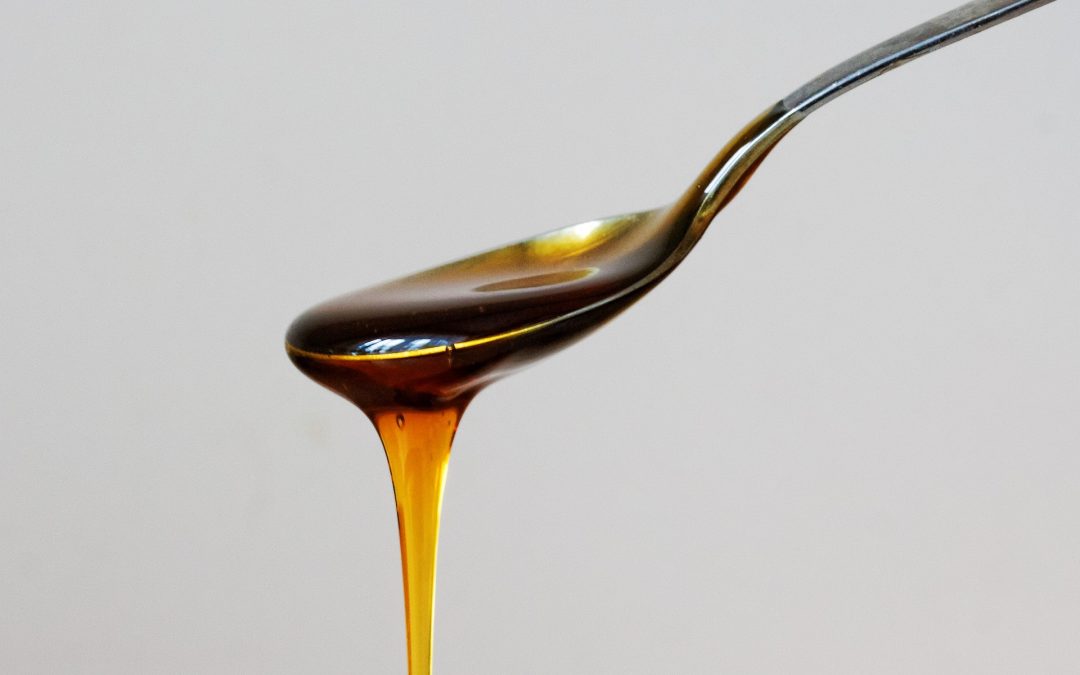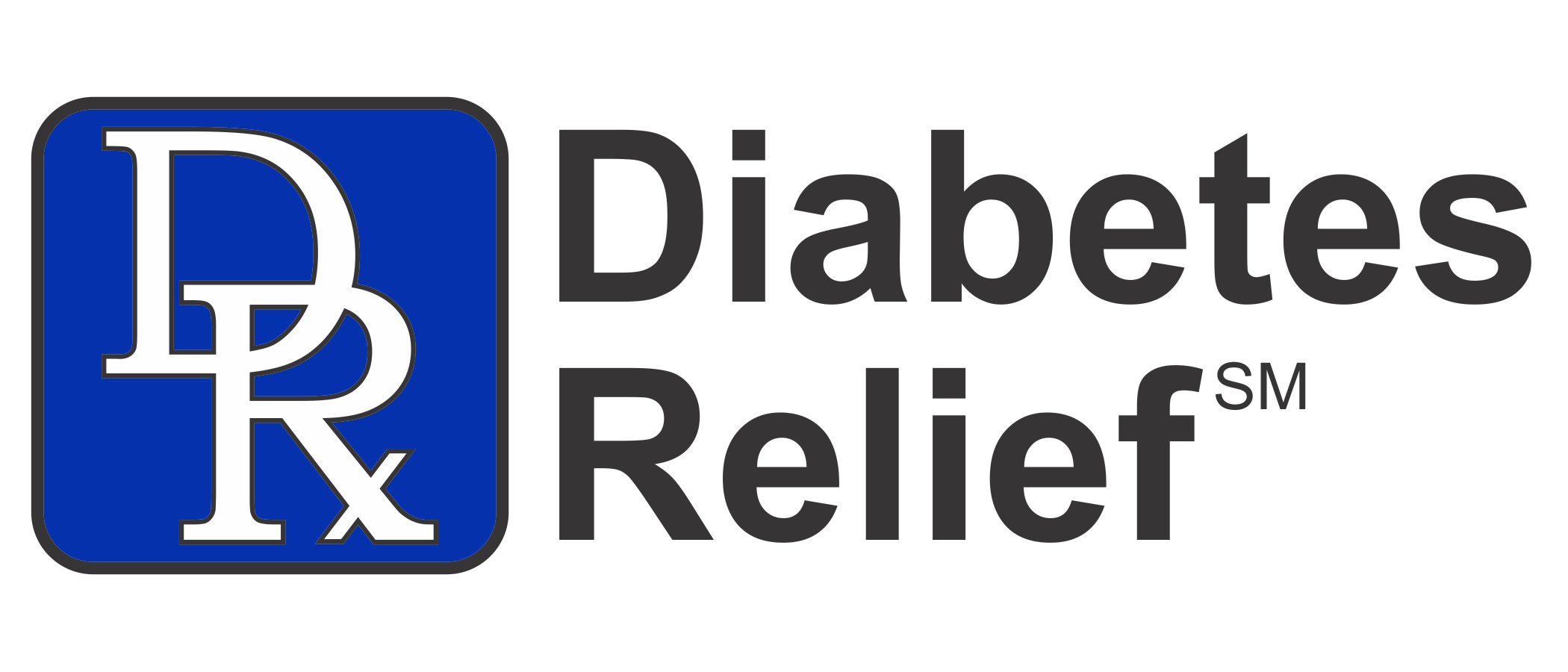
May 9, 2019 | Everyday Wellness
Additives are used to enhance the flavor, appearance, or texture of a food, or as a preservative. Some should be avoided, while others are considered safe. What are the most common ones, and what should be do about them?
MSG: Monosodium glutamate has raised a ruckus since 1969, when a study of mice found that large amounts caused harmful neurological effects and impaired growth and development. Since then, the controversial substance has been the subject of many studies, and many Asian restaurants have stopped using it. Jury is still out on it, but it’s probably best to avoid it.
Apr 4, 2019 | Everyday Wellness
Dr. Rupy Aujla is in General Practice and Emergency Medicine in England, and for several reasons he has changed his eating lifestyle and offers not only nutrition advice but recipes as well at www.thedoctorskitchen.com. He was one of the speakers at a recent “Wellness Summit by Food Matters TV (www.fmtv.com) and offered these tips for better health:
Apr 4, 2019 | Everyday Wellness
Depression is one of the most widely diagnosed of all conditions of our time, with more than 3 million cases in the U.S. every year, and 350 million believed affected worldwide (http://www.who.int/mediacentre/factsheets/fs369/en/). Conventional medicine considers antidepressant drugs first-line treatments, including the newly approved injected postpartum drug costing $34,000 a treatment, for $16 Billion in global sales by 2023 (comprised of a proprietary form of brexanalone [a synthetic hormone] to be sold under the brand name Zulresso by Sage Therapeutics. Just think about that!
Mar 26, 2019 | Everyday Wellness
When we eat food, most of it is broken down by our body’s system into a simple sugar called glucose. Glucose is our main source of fuel for our ENERGY. After digestion, the glucose reaches our blood stream, where it is available for our energy. BUT insulin is needed for glucose to get into your cells, so that fuel can be transformed to ENERGY.
Mar 21, 2019 | Everyday Wellness
1. Soothe sore muscles. An Epsom salt bath is a great after-workout soak and a wonderful way to relax and relieve stress. Dissolve 2 cups of salts to a warm bath. Soak for 10-15 minutes for best results.
2. Exfoliate skin. As we shed our skin naturally, dead skin cells buildup can clog pores and cause blemishes. Your face needs to be exfoliated along with the rest of your body. Mix a teaspoon of Epsom salts in your hand with a little warm water. Scrub your face with the mixture; then rinse clean; you can exfoliate your body in the shower. You can even make a lip balm with equal parts organic coconut oil and Epsom salts.
Jan 25, 2019 | Articles Archive, Everyday Wellness, Media Coverage
If you don’t have “diabetes,” someone close to you does. That’s “diabetes” in quotation marks because that’s what we call it, but the disease is part of a much bigger problem: metabolic failure.
As of 2015 (the most recent year for data), 30.3 million Americans had diabetes—9.4 percent of the U.S. population—according to the Centers for Disease Control and Prevention. Another 84.1 million were prediabetic, meaning that untreated they would likely have diabetes within five years. According to the American Diabetes Association, the total economic cost of diabetes in the U.S. increased from $205 billion in 2007 to $327 billion in

